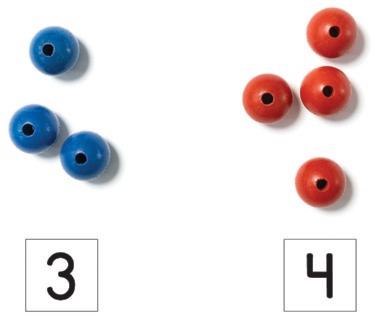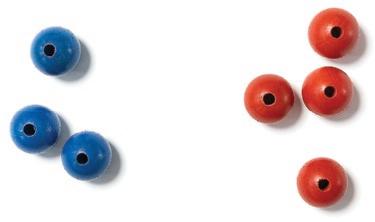
1 minute read
Topic A Classify to Make Categories and Count
Topic A capitalizes on the energy and excitement of young students as they enter kindergarten by offering playful, active experiences with mathematics. The lessons provide the time students need to explore the tools and procedures of math during the first days of school.
Two fundamental math concepts intertwine in this topic: classification and the number core. For kindergarten students, classification involves identifying the attributes of an object, using attributes to sort objects, and discussing sorting strategies and rules: This bead goes in the red group. I’m sorting by color. These basic concepts of classification are foundational to working with geometry, data, and operations during the kindergarten year and beyond.
Sorting objects into groups creates a natural context for counting: How many blue beads are in this group? How many red beads are in that group? Sorting contexts provide a meaningful way to introduce four core ideas about counting, collectively referred to as the number core:


• The number word list (the counting sequence—i.e., 1, 2, 3, …)
• One-to-one correspondence (one object paired with one number word)
• Cardinality (how many in a set)
• Written numerals
Throughout module 1, students have experiences that help them make critical connections between these four understandings. In module 3, students extend this learning by comparing the count in each group: Which group has more beads?
Students first sort objects into groups based on a single attribute.
Then they apply the number core to count each group.




